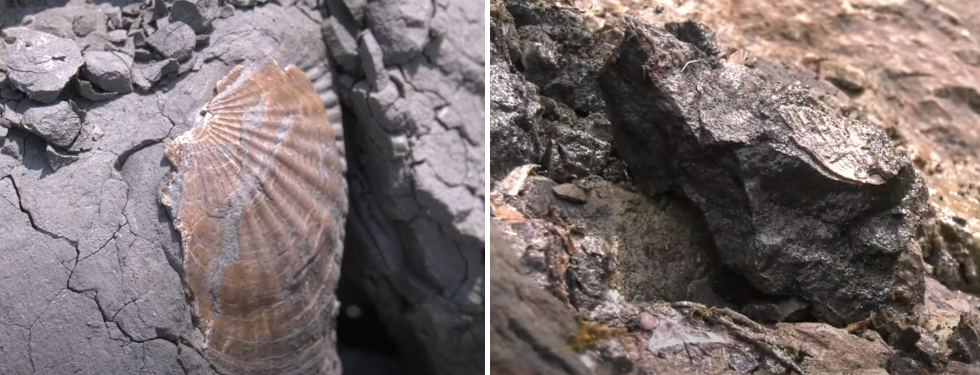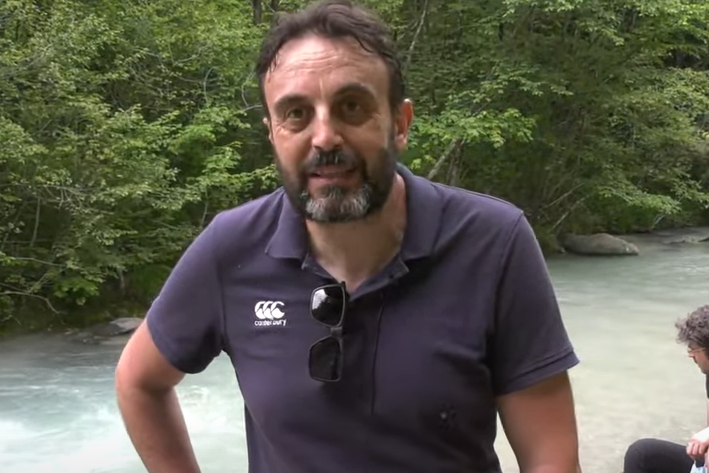Timing, mode and tempo of the major climatic transitions of the Early Pleistocene: a central Mediterranean perspective


Title: Timing, mode and tempo of the major climatic transitions of the Early Pleistocene: a central Mediterranean perspective
Scientific Person in Charge: Luca Capraro | Programme: PRIN 2022 - DM 104/22
Total Contribution € 100.800,00 | Project Duration: 24 months

The Early Pleistocene Sub-epoch, including the Gelasian and Calabrian Stages (ca. 2.6 to 0.8 Ma; Gradstein et al., 2020), embraces an array of critical steps in the recent evolution of the global climatic system. Altogether, these changes in the prevailing climatic regime are interpreted as the global response to the intensification of the Northern Hemisphere Glaciation, a long-term process initiated during the late Miocene. This transformation, which eventually led to the modern glacial-interglacial variability, occurred through profound changes in the amplitude and duration of major climatic cycles (from 40-kyr to 100-kyr spectrum), as well as a stepwise increase in the severity of glacial periods (Lisiecki and Raymo, 2005).
p style="text-align: justify;">However, a number of prominent breakthroughs in this evolutionary process (which we refer to as Early Pleistocene Climatic Events, EPCE) can be singled out. These are the "triplet of cold spells" at ca. 2.6 Ma, close to the Piacenzian/Gelasian boundary; the "first deep glaciations" (Rohling et al., 2014), ca. 2.1 Ma – 1.8 Ma, close the Gelasian/Calabrian boundary; the "Early-Middle Pleistocene transition" (Head and Gibbard, 2005), ca. 1.2 – 0.6 Ma. The stratigraphic record encompassing these critical intervals is excellent in the on-land marine successions exposed in the central Mediterranean area, especially in Southern Italy and Sicily. The local record is exceptionally thick and preserves a pristine array of paleoclimatic and paleo-ecological proxies, such as a rich pollen assemblage and variegated calcareous plankton associations, along with a complete set of biostratigraphic markers and a sound paleomagnetic record (e.g., Capraro et al., 2005, 2017). However, in spite of this plenty of information, no continuous, high-resolution paleoclimatic record has been constructed so far for the Lower Pleistocene on-land marine stratigraphy of the central Mediterranean, δ18O included.
Our project is therefore aimed at reconstructing a continuous and detailed stable oxygen and carbon isotope record throughout the Early Pleistocene, in the attempt of providing insights on the short- and long-term climatic evolution of the central Mediterranean region. Furthermore, due to the high sediment accumulation rates that characterize the sections of relevance, we plan to investigate in detail of the EPCE in the light of a sub-millennial time resolution. A critical step in the process will be constraining the isotopic data within a tight chronostratigraphic framework based on bio-magneto-stratigraphic evidences. Additional evidences, such as significant fluctuation of the calcareous plankton content, and additional geochemical proxies, such as the total organic carbon (TOC) of sediments, minor and trace elements, performed on particularly well-preserved material, will help in furtherly defining these pivotal climatic changes that will provide a benchmark for those committed to the development of climatic forecast models.





